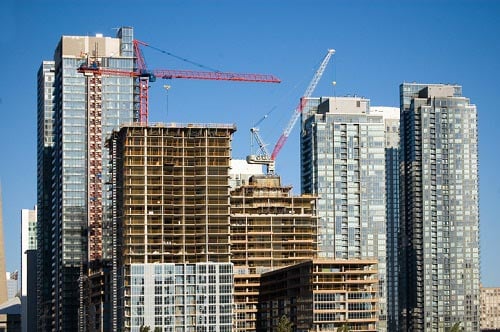

The NSW government has come under criticism once after it refused to release a document which identifies hundreds of buildings across the state currently clad in potentially flammable material.
The list of 444 buildings was handed to the NSW Legislative Council on October 31, after all non-government parties voted for the government to turn it over – however, the Department of Customer Service insisted the information should not be made public.
City of Sydney councillor Linda Scott is among those pushing for transparency – she told a state government inquiry late last month that holding back the list was a public safety issue.
“It is important from a public safety point of view that the public knows where these risks are and that mitigating actions are taken to resolve the risk,” she said.
In an effort to keep the list secret, the government lodged a privilege claim – citing terrorism risks, the chance of increased arson attacks, and potential losses for property owners – as well as suggesting that the information may mislead the public and breach confidentiality expectations.
“On strong advice from NSW Police and Fire & Rescue, it’s not in the public interest of safety to release that list,” said Kevin Anderson, NSW Minister for Better Regulation Kevin Anderson.
However, data from the NSW Bureau of Crime Statistics and Research (BOCSAR) showed no notable change in the number of arson offences committed across the Sydney region during the two months immediately after locations of buildings at high risk from flammable cladding were publicised.
Alex Wardhana, a risk engineer with HDI Global, believes it would be unlikely for a terrorist to target a building, purely because of its flammable cladding.
“Terrorists usually want a high return on their investment – so the biggest bang or the biggest explosion – but with a building, a number of things have to happen before you get the coverage,” he told Insurance Business. “For one, the sprinkler system has to be offline, or not present at all.”
Nick Lux, a partner with Wotton + Kearney, suggested that it would be beneficial for information around at-risk buildings to be more readily available.
“They’re pointing to concerns around terrorism and arson related issues, but basic law of economics tells you that access to information typically reduces risk,” Lux told Insurance Business. “Although obviously there are things that has to be balanced against.”
Lux also pointed to a recent database launched by the University of Queensland, in association with the Queensland Government, which offers information to the public on potentially flammable building materials.
“It’s good to see some level of proactivity around that,” said Lux. “I’m no expert in Queensland construction law, but it seems there are a few things they’ve done up there which seem to be market leading from an Australian perspective in terms of how they’ve approached certain building issues.”
